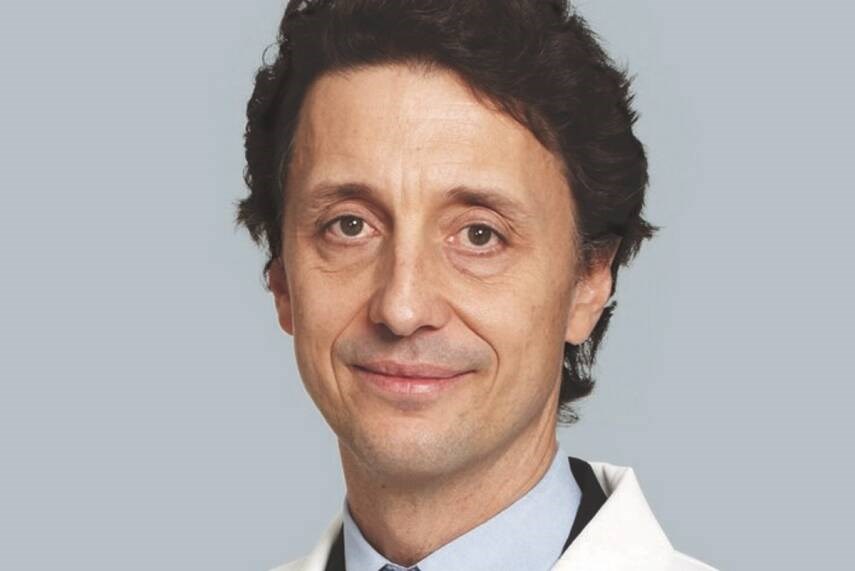Dear Dr. Roach: I am a 24-year-old woman. My mother had ductal carcinoma in situ in her mid-40s, successfully treated with surgery and radiation. One of my paternal aunts survived a malignant breast cancer. Am I considered high risk for breast cancer? I know my mom’s cancer increases my risk, but does DCIS increase the risk level as much as a malignant cancer? When should I start undergoing mammograms or other screening?
C.P.
Ductal carcinoma in situ is a breast cancer that is entirely contained within the mammary ducts of the breast. Something like half of women with DCIS will develop invasive ductal cancer of the breast if untreated, so women with DCIS are recommended treatment, either a mastectomy or a breast-sparing treatment regimen, such as a “lumpectomy,” often followed by radiation treatment. With treatment, DCIS has an excellent prognosis, with a 20-year risk of dying from breast cancer of about 3%. Much research is going on to determine which women with DCIS need more aggressive treatment and who can be spared treatment that would ultimately be unnecessary in their cases.
DCIS and invasive intraductal breast cancer share genetic susceptibility, so it is clear that a family history of DCIS means you are at higher risk for developing both DCIS and invasive breast cancer yourself. However, that risk may be lower than you think. The National Institutes of Health’s standard risk calculator (called the Gail model, available at bcrisktool.cancer.gov/calculator.html) is used to estimate risk. There isn’t data for someone as young as you, but a 35-year-old woman with one first-degree relative — mother, sister or daughter (an aunt does not significantly increase risk) — with invasive breast cancer has a lifetime risk of about 19.2%, compared with 12.6% for a woman with no family history. I could not find exact numbers for your situation, but the percentage will be somewhere in between the 19.2% and 12.6% numbers.
Screening for woman at average risk is officially recommended to begin by age 50, but many women choose to begin at age 40.
Dear Dr. Roach: I read that if a small portion of one ovary is left in after a hysterectomy, the woman is protected from both menopause and arteriosclerosis. Is this true?
D.T.
There’s a little bit of truth there. The ovaries make estrogen, and it’s the loss of estrogen that stops the menstrual periods and causes the symptoms most women have at menopause. Estrogen also has some protective effect against the development of blockages of the arteries (arteriosclerosis). Removal of only part of an ovary is unusual, but the remainder can still make estrogen, which means menopause won’t come immediately (as it usually does after removal of both ovaries). However, ovaries eventually stop making estrogen on their own, and even women with normally functioning ovaries can certainly develop blockages in the arteries and even heart attacks.
As always, if it sounds too good to believe, it probably is.
Readers may email questions to [email protected]



